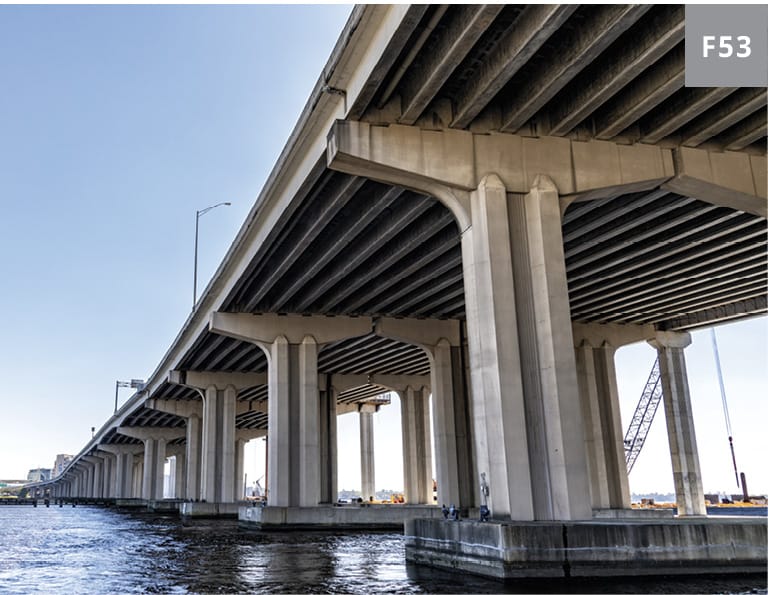2.2.4.3 Variable Loading
Figures 52 & 53 Examples of variable loading through substrates


Variable loading through substrate materials usually happens because of design inefficiencies and oversights, or where components or features are supported by load-bearing structures, such as pipe and bridge supports. In such scenarios, it is not only the static weight of the feature that is being supported and absorbed but also the dynamic loads applied to these components. All the factors previously mentioned can contribute to a change in the properties, performance and dimensions of a material or part. Usually, these dynamic and static loads that will apply a force to the underlying or surrounding substrate material are expected, i.e. moving traffic on a bridge transferring a load to the supports or vibration transferred through the mixing bowl of a food processor to the base of the unit. It is imperative to anticipate the direct and indirect loads applied to a substrate or component, whether they are expected or possible, i.e. in the event of a crash or impact. It is not only the material that must be assessed to ensure suitability; the joining method must also be thoroughly reviewed and tested to ensure that it can accommodate all potential variables encountered during its lifetime.

